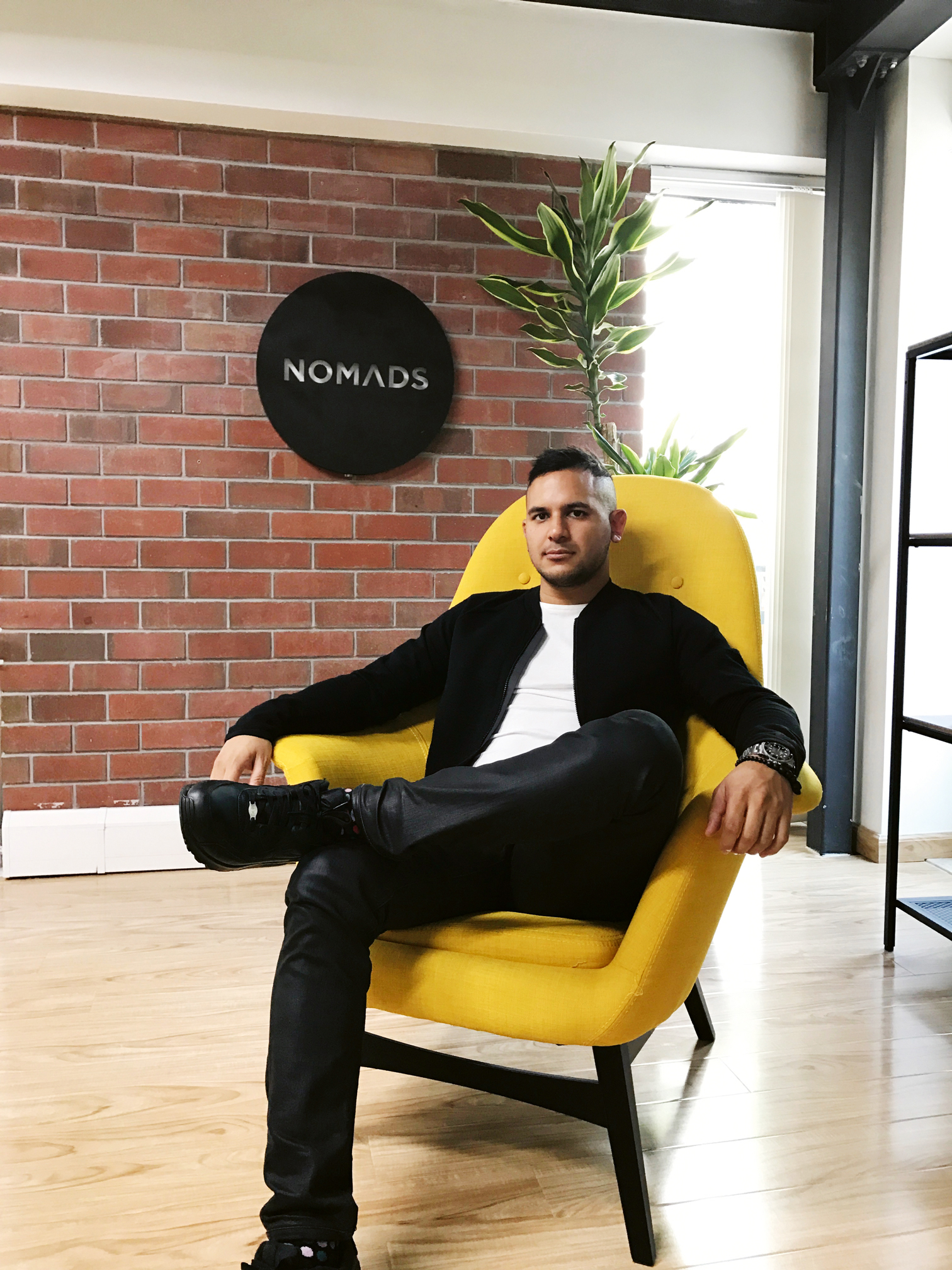 More than ever, businesses are beginning to see creativity as a valuable source of competitive advantage. Yet creative agencies are either too paralysed to seize the opportunities before them, stuck in their marketing comfort zone or desperately pivoting to the point of self-destruction.
More than ever, businesses are beginning to see creativity as a valuable source of competitive advantage. Yet creative agencies are either too paralysed to seize the opportunities before them, stuck in their marketing comfort zone or desperately pivoting to the point of self-destruction.
Apart from the clever few making genuine strides (R/GA comes to mind), our industry seems more set on over-productising commodity services than shifting our service model to offer the creativity our clients actually crave. Please stop mentioning your in-house content studio, social media lab, proprietary digital media buying platform or other nauseating ancillaries. Forgive me, but I don’t buy that any of these fad-driven business adventures will help secure a seat at the table with brands in the future.
Also, let’s be real. Soon these products will all be offered by specialist production houses at unbeatably low rates. Just like TV has been for decades – and digital production increasingly is today.
Businesses are scrambling for creativity. Isn’t that what we sell? Isn’t this our moment?
It’s certainly an interesting time with many challenging forces at play.
For starters, the crunch is real. Belts are snug and getting snugger. Clients are expecting more output for less money. It’s a global reality and we’re not immune. Agency-wise, multinationals are consolidating and retracting into their holdco nameplates. A few are even going bust.
Our clients’ challenges and, subsequently, the solutions they seek are shifting drastically. The most valuable companies are no longer the operations-driven usual suspects. Design-led businesses already crowd the Fortune 50, and there’s a herd of pre-IPO unicorns galloping close behind. (Or do unicorns prance?)
In a world where a computer company’s chief design officer is a household name and an online bookstore is the overnight contender in the grocery store game, incumbent brands are desperate for new ways to defend their market position.
Our clients want answers. And not to “How can we convince our target audience that our fried chicken is a tasty and affordable meal for the whole family?” But to “How can we deliver our products to customers in new and more useful ways? How can we be more like Amazon?”
Historically those answers came from highly paid management consultants. Their modus operandi was to create competitive advantage by optimising the value chain. But these days, production efficiency isn’t the challenge. With six phone calls, two emails and a quick lesson in Chinese, I could take a new line of gluten-free fidget spinners to market without ever setting foot inside a factory.
So how are management consultancies staying relevant?
The future competitive advantage in business will be the application of creativity and design in optimising customer experiences. The big consultancies see it – just look at their balance sheets. McKinsey, Wipro, Deloitte, Accenture, EY and PWC have been quietly buying creative agencies for a few years now. Most recently, Accenture snagged Australia’s The Monkeys and Deloitte swept up Sweden’s Acne.
They recognise the transformational role of creativity in business and are making the shift ahead of the curve. All the while, creative agencies, the ‘rightful heirs’ to the customer-needs-driven innovation scope, come up with cute names and weakly defendable rate cards for their new ‘social content lab’.
Management consultancies are buying up the best of us and bridging their existing C-suite relationships into the consumer experience domain.
It’s hard to imagine this’ll play out well for agencies.
Creative agencies need to start rethinking the service model if we want to drive the design-led future of business.
Let’s not scrap our product (creativity, if you haven’t been following). Instead, let’s change how and when we offer it.
Here’s what we’re doing over here at Nomads to stay relevant and cozy up with our clients to stay warm in the new world of never-ending winter.
We’re working above the brief. If you’re waiting for a comms brief to dictate when, where and how to apply creativity, you’re already on the back foot. We all need to partner with our clients to define a strategic roadmap for transformation with creativity as the driver.
We’re committed to a people-first approach. Identify a shared mindset across your audience – what motivating needs, fears and desires unite them? Focus on helping clients understand how they can innovate products, services and experiences to better address those needs, rather than brazenly peddling defunct consumer-era goods.
We’re embodying borderless thinking. True transformation requires a non-traditional approach to idea generation. It means working across physical borders, across media and even across disciplines. It’s about stripping away any expectation of what form your ideas might take, or who you might collaborate with to arrive at them. You don’t need to have everything in-house. You just need to have the creative and business confidence to make the right connections and commit to an outcome.
We’re bringing different together. The application of creativity to business above a communications brief demands facilitation. Not only across agency disciplines, but also with subject-matter experts from a broader network – your clients, their customers, and the community. Facilitation of idea generation across disciplines and stakeholder groups has the power to yield unmatched results. From cross-disciplinary workshops to participatory design sessions, we’ve had immensely positive results.
My opinion about the future of the industry? We just need to give our clients the best of what we’ve always had, transformative creativity – but in a way that matters to their business today. Otherwise, we can just stick to marketing and keep fighting with each other over an ever-shrinking slice of rhubarb pie.
And really, who likes rhubarb anyway?









